.webp)
Posted By: Medsole RCM
Posted Date: Nov 14, 2025
Abdominal pain shows up in your clinic more often than almost any other complaint, yet the abdominal pain ICD10 code is rarely as simple as it looks in your EHR. The visit feels routine, the exam feels familiar, and your clinical judgment is usually clear. The billing side is where small choices can start shaping your revenue, your audit exposure, and even the amount of follow-up work your team has to absorb.
Most providers do not see the hidden friction building behind these symptom-based claims. Payers treat abdominal pain differently from other routine visits because it is both common and clinically broad. When the documentation lacks detail or the code does not match the story you recorded, the encounter moves from a straightforward claim to a quiet financial risk. That shift often happens long after the patient has left your exam room, which is why the impact can be easy to miss.
This guide gives you a clearer path through that gap. It ties the medical picture you see in the room to the billing logic that payers employ behind the scenes. You will learn how little changes in specificity, organization, and documentation can minimize denials, reduce chart requests, and protect income without increasing your workload.
Abdominal pain is a common reason patients seek care, but it can also quickly drain your practice's revenue. The moment you select an abdominal pain ICD 10 code, the claim enters a category where payers read your note with more caution than you may expect. Their goal is simple. They want to understand whether your documentation supports the level of uncertainty that comes with a symptom-based diagnosis.
Payers treat abdominal pain encounters as high-variance visits. A patient with mild discomfort, sharp localized pain, or evolving symptoms all fall under the same initial complaint. Because the clinical picture can shift quickly, payers analyze the note to see whether the documentation reflects the exact pattern described. When the story is not clear, systems often flag the claim. This is where ICD 10 abdominal pain and ICD 10 for abdominal pain begin to carry more weight than providers realize.
When abdominal pain is documented without enough detail, payers look for explanations. Was the pain truly generalized? Was it localized and not described? Were associated symptoms recorded accurately? Terms like "generalized abdominal pain" or "unspecified abdominal pain" invite more profound review if the note does not show why the encounter remained at the symptom level. That review focuses on medical necessity for abdominal pain ICD 10 codes and often slows payment.
Manual reviews and chart requests may seem minor, but their impact compounds. Each delay stretches your time to payment. Each review adds a task to your staff’s workload. Multiply that across a high volume of abdominal pain visits, and the financial drag becomes significant. This category does not create dramatic single losses. It creates steady friction that weakens your revenue cycle over time.
Providers do not determine the cause of abdominal pain solely through the examination of a list of codes. You depend on the patient's account, the pattern of distress, the rapidity of onset, and the clarity of your observations. When you use that same structure to look at the R10 family, picking the abdominal pain ICD 10 code becomes a natural part of your exam instead of a distinct coding activity.
What you document as clinical reasoning, payers interpret as evidence. They look for the logic behind your decision. If your note shows whether the pain was widespread, clearly localized, early in its evolution, or difficult to classify, the abdominal pain ICD code 10 options make sense to their reviewers. When those distinctions are missing, the claim appears uncertain even when the diagnosis is accurate.
The R10 family becomes easier when grouped by the broader narrative you see in the room. Some patients present with discomfort that spreads across the abdomen. Others point directly to a single area. Some arrive with urgent signs. Others come early, before the pattern becomes predictable. These clinical storylines, not the individual code digits, are what determine whether you are dealing with generalized abdominal pain ICD 10, upper abdominal pain ICD 10, lower abdominal pain ICD 10, acute abdominal pain ICD 10, or abdominal pain unspecified ICD 10.
Each type of abdominal pain fits a predictable mental sequence. You begin with whether the discomfort is diffuse or localized. You assess whether the presentation feels urgent or stable. You evaluate how consistent the patient is when describing the area of pain. You then decide whether the story is complete enough to assign a specific pattern or whether it remains too early to classify with confidence. This flow directly mirrors how the R10 family is structured, making code selection a summation of your reasoning rather than a separate coding activity.
When your note reflects the same decision-making steps that distinguish the R10 subgroups, payers understand the encounter without additional explanation. The clarity reduces manual reviews, shortens turnaround times, and strengthens the justification behind your abdominal pain ICD 10 codes. Instead of reacting to payer questions, your documentation anticipates them and answers them upfront.
This table provides the specific details of appropriate scenarios, risks, and documentation essentials for each R10 code. It translates broad clinical patterns into precise coding choices without repeating the reasoning covered above.
|
ICD 10 Code |
Plain Language Description |
Typical Scenario |
Use When |
Avoid When |
Documentation Must-Haves |
|---|---|---|---|---|---|
|
r10.0 |
Acute abdomen |
Suddenly, severe abdominal pain requiring urgent evaluation |
Pain is intense, abrupt, and concerning |
The pain is mild, chronic, or evolving |
Clear onset description, red flags, and associated symptoms |
|
r10.10 / r10.11 / r10.12 / r10.13 |
Epigastric or upper abdominal pain patterns |
GERD-like pain, gastritis, upper quadrant tenderness |
Symptoms are clearly in the upper abdomen |
Pain is diffuse or localized elsewhere |
Location details, aggravating factors, tenderness findings |
|
r10.30 / r10.31 / r10.32 / r10.33 |
Lower abdominal and periumbilical pain |
RLQ pain, LLQ pain, periumbilical discomfort |
Pain consistently tracks to a specific lower quadrant |
Pain is generalized or shifting widely |
Exact quadrant, duration, exam findings |
|
r10.84 |
Generalized abdominal pain ICD 10 |
Diffuse pain not focused in any quadrant |
Pain truly spans the abdomen |
Pain is actually localized in your exam |
Description of distribution, negative localization |
|
r10.9 |
Abdominal pain, unspecified ICD 10 |
Symptoms are real, but do not yet form a clear pattern |
No reliable location, early presentation, incomplete story |
Location is documented, but the code is vague |
Reason for uncertainty, early-stage findings |
|
r10.81 |
Abdominal tenderness |
Pain worsens with pressure |
Tenderness noted on exam |
Pain is only subjective with no exam response |
Exact location of tenderness |
|
r10.82 |
Rebound tenderness |
Pain increases when pressure is released |
Peritonitis-like findings |
No rebound response present |
Clear description of rebound behavior |
|
r10.83 |
Colic |
Intermittent, cramping pain, often pediatric population |
Pain pattern is episodic and rhythmic |
Pain is steady or constant |
Timing pattern, severity changes |
Accurate coding begins with documentation that mirrors the way you assess the patient. Payers rarely deny an encounter because you chose the wrong abdominal pain ICD 10 code. They deny it because the note did not clearly explain the reasoning behind the choice. When your documentation follows a predictable structure, your coding becomes safer, your medical decision-making becomes clearer, and your claims move through payers with fewer questions.
A clean, defensible note answers the same questions every time. These elements apply whether you are choosing the acute abdominal pain ICD 10 code, abdominal pain unspecified ICD 10 code, diffuse abdominal pain ICD 10, epigastric abdominal pain ICD 10, periumbilical abdominal pain ICD 10, or pregnancy abdominal pain ICD 10.
Location
Duration
Character of pain
Associated symptoms
Exam findings
Medical decision making
Plan
Clear answers in these categories create a defensible note for any abdominal pain scenario.
Provider-ready HPI examples you can use immediately**
Example 1: Diffuse abdominal pain
“Patient reports two days of constant, diffuse abdominal discomfort without a clear focal point. Pain is non-radiating and worsens with movement. No vomiting or fever. The exam shows mild generalized tenderness without guarding or rebound. Pattern remains too broad to localize. Differential includes early gastroenteritis versus functional discomfort.”
Example 2: Localized upper abdominal pain
“Patient points consistently to the epigastric region. Pain began this morning after meals and is described as burning. No chest radiation. The exam shows focal tenderness in the epigastric zone without rebound. Findings support epigastric pattern, but not yet diagnostic of a specific condition.”
Example 3: Pregnancy abdominal pain
“Pregnant patient (20 weeks) reports intermittent lower abdominal cramping. No bleeding, leakage, or systemic symptoms. The exam shows mild, localized tenderness without concerning signs. Presentation supports pregnancy-related abdominal discomfort requiring monitoring.”
These examples demonstrate the level of clarity payers look for without adding unnecessary detail.
You do not need to write long narratives. You only need to answer the payer’s core question:
Does the documentation show why the pain could or could not be localized, classified, or tied to a specific diagnosis?
If your note includes:
Then you have enough detail to support any R10 code.
Insight Box
Symptom codes fail most often when notes do not explain why the pain could not be localized or tied to a clearer diagnosis.
When your documentation includes the reasoning behind uncertainty, payers stop questioning your claim and start trusting your clinical judgment.
Abdominal pain shows up everywhere in healthcare, but it never looks the same twice. The context shapes everything what the patient says, how they react to your exam, and the level of uncertainty you’re forced to sit with. These real-world specialty scenarios show how the same complaint can lead to different coding choices depending on the patterns you see. The goal isn’t to chase the “right” code. It’s to document the story clearly enough that the code you choose makes sense without explanation.
Primary care addresses the widest spectrum of abdominal pain, including those that are vague, chronic, sporadic, and persistent. A patient may describe pressure across the whole abdomen in one visit and point to the lower left the next. That’s where generalized abdominal pain remains a safe starting point.
But when someone describes months of recurring cramping or heaviness in the same region, the story changes. That’s when chronic abdominal pain ICD 10 or lower abdominal pain ICD 10 becomes a cleaner, more honest reflection of what’s actually happening. These encounters depend on showing chronicity, not crisis. A single sentence explaining the duration and pattern can turn a vague claim into a defensible one.
Urgent and emergency settings deal with abdominal pain at its most unpredictable moments. Patients arrive scared, doubled over, or completely unsure what’s happening. When pain is sudden, severe, and accompanied by protective guarding, you’re immediately thinking about acute abdomen, and that path naturally leads to acute abdominal pain ICD 10.
Localization matters more here than anywhere else. Pain tucked under the right ribs suggests ruq abdominal pain ICD 10. Sharp tenderness over the right lower quadrant paired with fever shifts the picture toward right lower quadrant abdominal pain ICD 10. Urgency lives in the details. Payers want to see what you saw: the acuity, the red flags, and the exam findings that shaped your decisions in real time.
GI clinics often encounter chronic conditions such as epigastric discomfort after meals, vague bloating that never fully resolves, and recurring upper abdominal heaviness. When a patient consistently points to the upper central region, epigastric abdominal pain ICD 10 becomes a straightforward, defensible choice.
But not every GI symptom is neatly localized. Some patients describe discomfort that “moves around” or never settles. These patterns fit generalized abdominal pain ICD 10 when testing and exam findings don’t reveal a dominant source. Documenting triggers, chronicity, and prior workup tells payers this isn’t uncertainty, it’s the clinical reality of chronic abdominal pain.
Pregnancy changes everything. Mild cramping early on is common, but you still record every detail because the differential is wide. When the story aligns with normal physiologic changes, pregnancy abdominal pain ICD 10 fits with clear documentation of gestational age, symptoms, and red-flag screening.
When pain is harder to localize or tied to pelvic pressure instead of classic abdominal patterns, abdominal pain in pregnancy ICD 10 becomes appropriate. OB-GYN care depends heavily on your narrative of how the patient describes the sensation, what you ruled out, and why the presentation matches pregnancy-related discomfort rather than something more concerning.
Children's histories are usually unclear. A toddler pointing to the entire abdomen, refusing food, or crying in cycles may fit the rhythmic pattern of r10.83 (colic). The story matters more than the child’s words. Timing, crying episodes, and parental observations shape the code more than localization.
Older children often describe pain as “everywhere” or “it hurts when I move.” These cases support generalized abdominal pain when your exam doesn’t reveal a precise source. Pediatric documentation leans heavily on behavior, hydration, appetite, sleep patterns, and what caregivers notice, details that help payers understand why the encounter remains symptom-based.
Rehab settings see abdominal pain through the lens of movement. Patients recovering from surgery or strain describe discomfort that sharpens with twisting, lifting, or sitting up. These patterns look nothing like visceral pain. Even so, the final code often falls within the R10 family, most commonly lower abdominal pain ICD 10, because there is no separate ICD 10 option for abdominal wall strain.
The key is describing behavior. Pain that increases with specific motions, reduces with stabilization, or ties directly to scar tissue tells payers this is abdominal wall pain, not a visceral emergency. When the documentation reflects that mechanical pattern, symptom codes pass review without raising concern.
Most providers assume abdominal pain claims move through payers the same way other symptom visits do. They don’t. Payers treat these encounters as high-variance, high-risk, and heavily dependent on documentation clarity. The abdominal pain ICD 10 code you choose is only one signal. The real signal is whether your note explains why the encounter stayed at the symptom level instead of pointing to a clearer diagnosis.
Payer rules engines track patterns across thousands of clinicians. When they see repeated use of the same symptom codes, particularly abdominal pain, unspecified ICD 10 and generalized abdominal pain ICD 10, the system begins scanning the related documentation more closely. These edits aren’t personal; they’re algorithmic. If your chart doesn’t clearly show why the code fits, the claim is routed to medical necessity review.
This step is where payer behavior becomes predictable. Unspecified codes, including those visible in an abdominal pain ICD 10 code lookup, get screened because the algorithm cannot tell whether the documentation supports the level of uncertainty. Codes like ICD code 10 for abdominal pain or ICD 10 code abdominal pain raise similar questions when your reasoning isn’t explicit. Payers want to see that you ruled out localized patterns, considered red flags, and made the decision intentionally, not by default.
Delays happen when payers cannot match your note with their internal logic. If the pain pattern reads like a localized story but the code reflects an unspecified one, the claim is flagged. If the patient describes diffuse pain but the documentation doesn’t explain why, the claim enters manual review. If the note fails to connect the symptoms with your plan, the payer questions whether the visit meets medical necessity for abdominal pain ICD 10 codes.
This is why providers experience sudden denials without obvious errors. The issue isn’t the clinical care, it’s the lack of visible reasoning behind it. Payers only see what is documented, not what you understood in the exam room.
Insight Box
Frequent use of unspecified abdominal pain codes without matching documentation makes your claims look “high risk” to payer algorithms.
Algorithms don’t judge clinical quality. They judge clarity, patterns, and risk signals.
This matrix shows why abdominal pain claims are downgraded or delayed and what fixes the problem. Each scenario mirrors real payer logic and highlights where documentation breaks down.
|
Scenario |
Code Used |
Payer Response |
Likely Root Cause |
Better Approach |
|---|---|---|---|---|
|
Patient reports “pain everywhere,” but the note lacks distribution detail |
generalized abdominal pain ICD 10 |
Manual review for medical necessity |
No explanation of the diffuse pattern |
Describe distribution + negative localization |
|
Mild, early-stage discomfort documented with no clear location |
Abdominal pain, unspecified ICD 10 |
Claim delayed for clarification |
The note doesn’t explain uncertainty |
Add reasoning for why localization wasn’t possible |
|
Sudden severe pain documented with guarding |
Acute abdominal pain ICD 10 |
Payer requests imaging/lab context |
Missing red flag documentation |
Document exam urgency + differential + rule outs |
|
Meaningful focal tenderness documented but coded unspecified |
r10.9 |
Claim downgraded |
Code doesn’t match the story |
Use the quadrant or epigastric code that fits the pattern |
|
Chronic intermittent symptoms coded generalized |
r10.84 |
Denial for insufficient chronicity |
No timeline documented |
Add duration, frequency, and prior visits |
Most practices underestimate how much money they lose on abdominal pain encounters. The issue rarely looks dramatic with a single claim. The real impact shows up when you multiply delays, chart requests, and downgrades across the full volume of visits tied to ICD 10 for abdominal pain. Because these symptoms appear in nearly every specialty, even small improvements in how you code and document them can create meaningful financial gains.
When documentation aligns cleanly with the story you saw in the room, payers stop questioning the code. A visit coded with abdominal pain ICD 10 or generalized abdominal pain ICD 10 moves straight through the rules engine instead of getting routed to manual review. Each time you avoid a review, you protect two things: the speed of your revenue and the time of your staff. Reducing touches per claim often saves more operational cost than the claim value itself.
Even modest improvements change the economics. If your clean claim rate increases by just a few percentage points, the impact compounds across the year. Practices often see small but steady gains from reducing downgrades, preventing unspecified code edits, and ensuring that chronic patterns support chronic abdominal pain ICD 10 instead of being mistaken for vague, unsupported pain. Faster payments shorten the revenue cycle, lower accounts receivable pressure, and reduce the administrative drag that slows down front-line teams.
This is why tightening abdominal pain coding isn’t simply about compliance. It’s a performance improvement strategy. Providers gain clarity, clinicians spend less time correcting claims, and billing teams stop fighting preventable denials. When codes match clinical reality and documentation tells the complete story, you create a more predictable, stable revenue stream.
Even a five to ten percent improvement in clean claims for abdominal pain visits can recover significant revenue over a year for multi-provider groups.
Small percentage gains become large financial returns when applied to high-volume symptom categories.
You shouldn’t have to write longer notes or learn new rules to code abdominal pain correctly. Our role is simple: strengthen how your abdominal pain ICD 10 code claims move through payers without adding steps to your day.
We start by reviewing how your team currently uses abdominal pain ICD 10 codes. This helps us spot patterns payers flag unsupported, unspecified codes, missing reasoning, or documentation that doesn’t reflect the clinical picture. Our scrubbing team fixes these issues before claims go out, so ICD 10 code for abdominal pain submissions passes payer edits cleanly.
We also audit a small sample of abdominal pain encounters to show what’s working and where one or two added details could prevent denials. Feedback is short, practical, and tied to your real notes, no long modules or extra training. If payers tighten rules or start downgrading certain symptom codes, we will tell you immediately and adjust on your behalf.
The goal: cleaner claims, fewer follow-ups, and a smoother revenue cycle with no extra effort from providers.
We can review a small set of your recent abdominal pain visits and show where claims are strong, where payers might hesitate, and what tiny documentation tweaks prevent denials. No pressure, no commitments, just a clear snapshot you can use right away.
After reviewing thousands of abdominal pain claims, there’s one habit that consistently improves outcomes: make the story of the pain just as clear as the location of the pain. Payers are not asking for long notes; they’re looking for a simple line that shows why the presentation fits the pattern you coded.
Whether the patient arrives with the full urgency of acute abdomen, the uncertainty of unspecified abdominal pain, or the diffuse pattern of generalized abdominal pain, one or two sentences explaining why the pain behaves the way it does eliminates most denial points immediately.
You don’t need to turn every visit into a diagnostic essay. You only need to make your reasoning visible. When you treat the abdominal pain ICD 10 code family as a high-value decision, not an afterthought, your claims clear faster, your documentation becomes more defensible, and your team spends far less time responding to chart requests.
This small habit changes the entire category.
Below are the questions providers ask most often. Each answer is short, practical, and built to reduce friction in your workflow while keeping coding aligned with payer expectations.
Generalized abdominal pain ICD 10 (R10.84) means the discomfort truly spans the abdomen and cannot be localized.
Abdominal pain, unspecified ICD 10 (R10.9) is used when pain is real but you cannot yet define the pattern.
If the patient describes distribution even vaguely, R10.84 is usually stronger than R10.9.
Use unspecified only when the clinical picture is genuinely unclear and you document why localization wasn’t possible. A short line like “pain present but not localizable due to early presentation” protects the claim.
For acute presentations, payers want to see the urgency reflected in the note: sudden onset, guarding, red flags, or rapid progression. Two to three lines covering acuity and differential are enough to support R10.0.
Use pregnancy-related abdominal pain codes when symptoms align with gestational changes and your evaluation rules out concerning causes. Document gestational age, red-flag screening, and whether discomfort is physiologic or uncertain.
No EMRs often default to unspecified codes. They don’t understand nuance. The best code reflects your reasoning, not the system’s guess. A single line of clarification in your note helps your coder and prevents downgrades.
Switch as soon as you confirm a condition causing the pain appendicitis, gastritis, gallstones, UTI, ovarian cysts, etc. Symptom codes support early or uncertain encounters, not confirmed diagnoses.
Document both, then code based on the dominant pattern. If the presentation is inconsistent or evolving, explain that briefly. Payers respond well when uncertainty is clearly documented.
Abdominal pain coding isn’t about memorizing lists; it’s about making your clinical reasoning visible. When your notes reflect the pattern you saw, claims move cleanly, reviews drop, and revenue steadies. If you want help tightening this category without adding work to your day, MedSole RCM can support you quietly, efficiently, and with provider-first guidance.
Recent Blogs
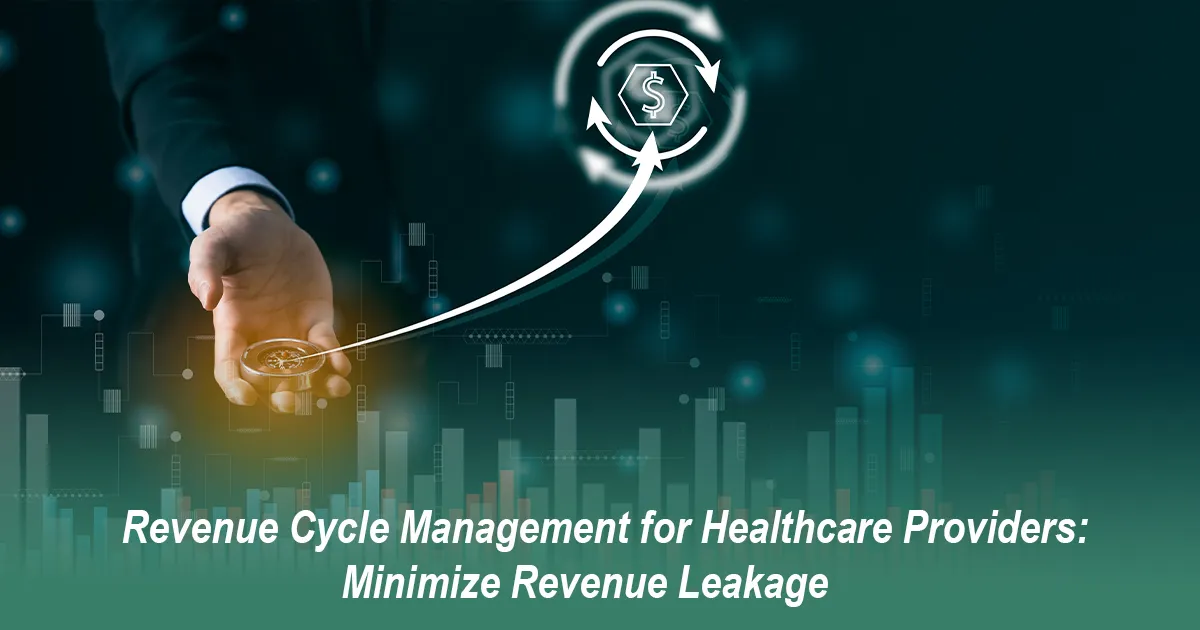
Posted Date: Jun 24, 2025

Posted Date: Jun 26, 2025
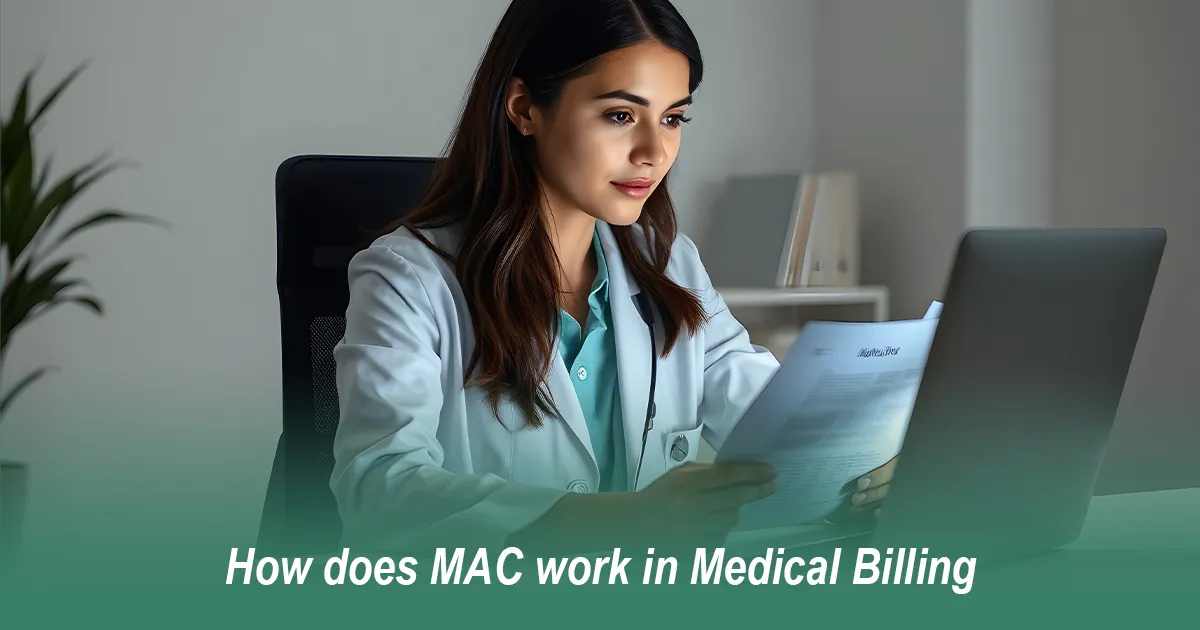
Posted Date: Jun 28, 2025

Posted Date: Jun 30, 2025

Posted Date: Jul 02, 2025

Posted Date: Jul 04, 2025
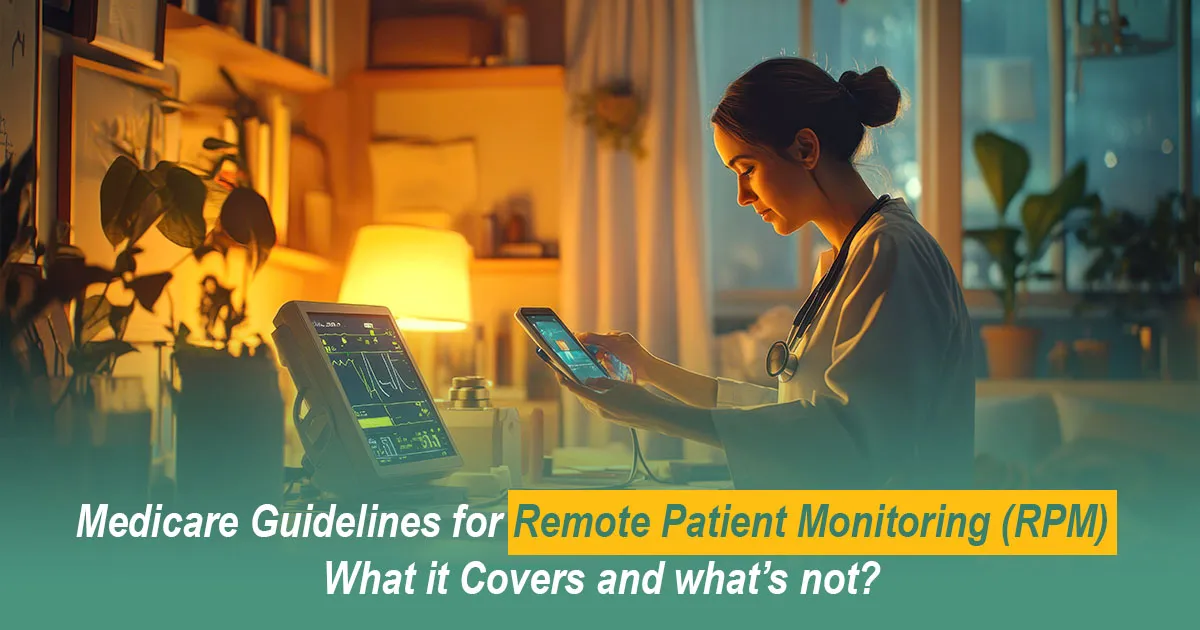
Posted Date: Jul 07, 2025
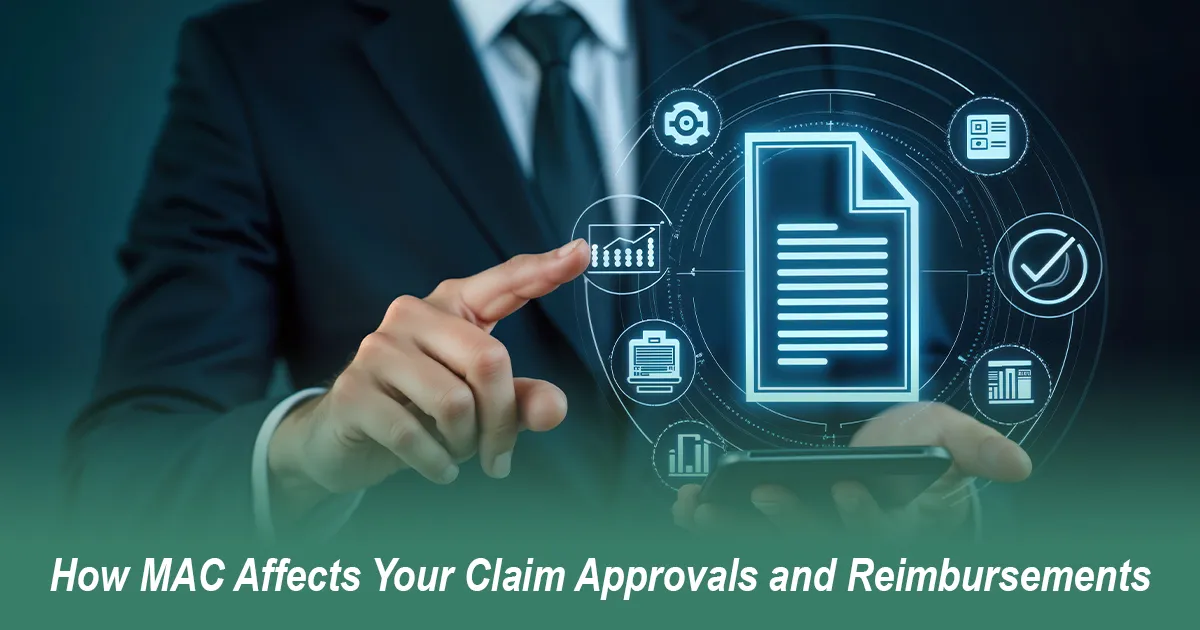
Posted Date: Jul 09, 2025

Posted Date: Jul 11, 2025

Posted Date: Jul 14, 2025

Posted Date: Jul 16, 2025

Posted Date: Jul 18, 2025

Posted Date: Jul 22, 2025

Posted Date: Jul 23, 2025

Posted Date: Jul 25, 2025

Posted Date: Jul 28, 2025

Posted Date: Aug 01, 2025

Posted Date: Aug 04, 2025

Posted Date: Aug 06, 2025

Posted Date: Aug 08, 2025

Posted Date: Aug 11, 2025
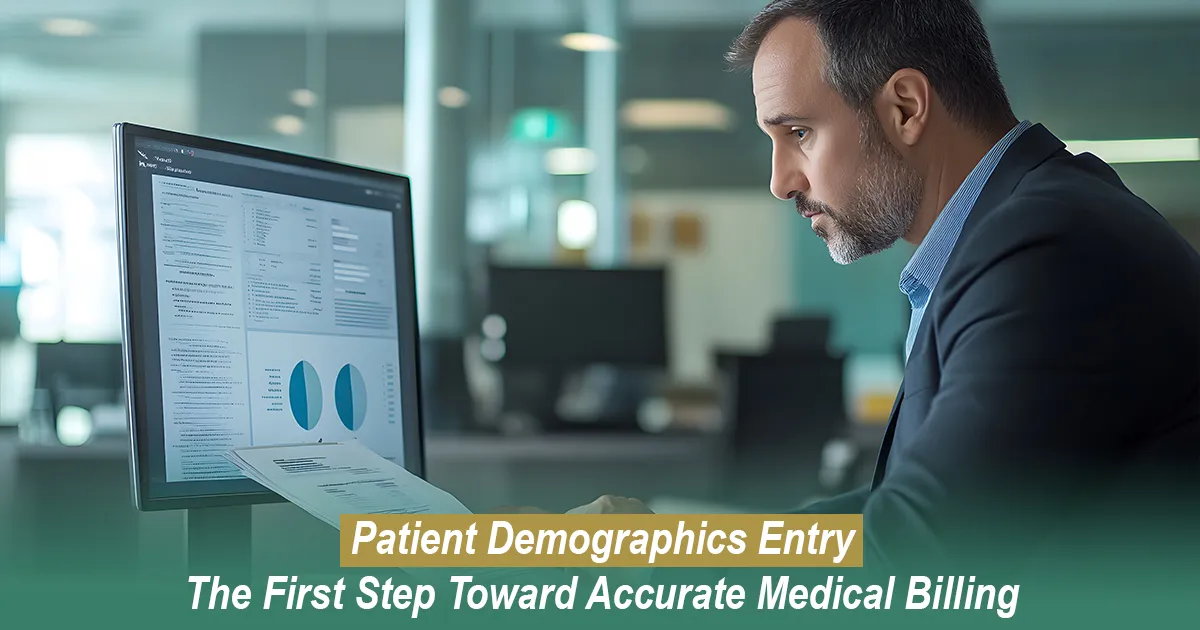
Posted Date: Aug 14, 2025

Posted Date: Aug 18, 2025
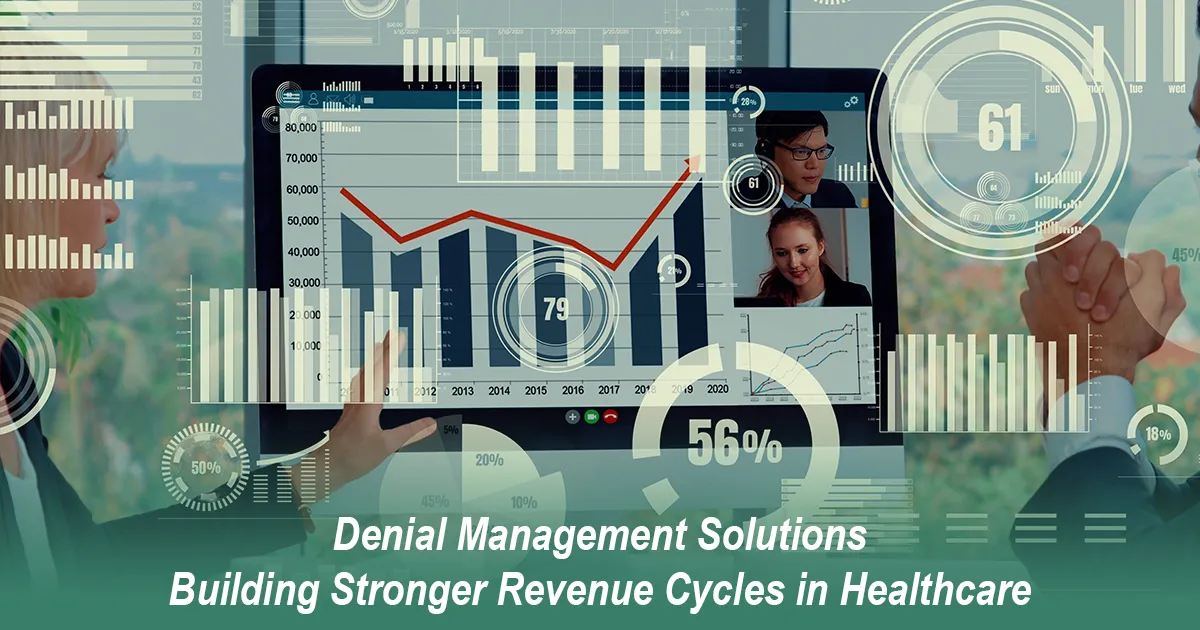
Posted Date: Aug 20, 2025

Posted Date: Aug 25, 2025

Posted Date: Aug 27, 2025
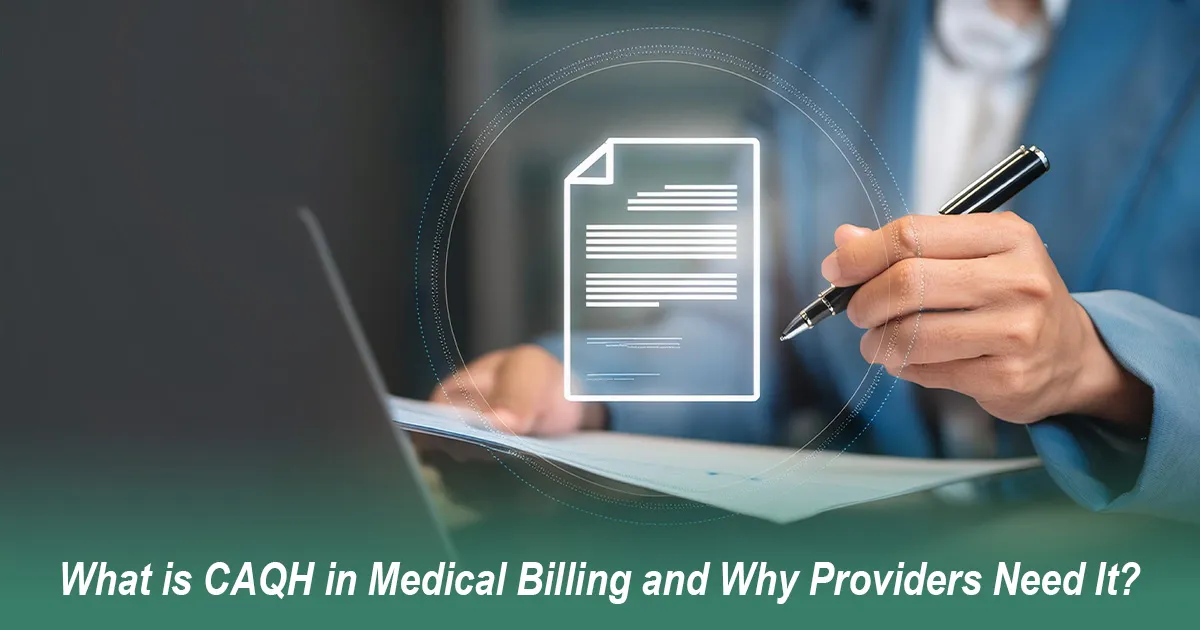
Posted Date: Aug 29, 2025
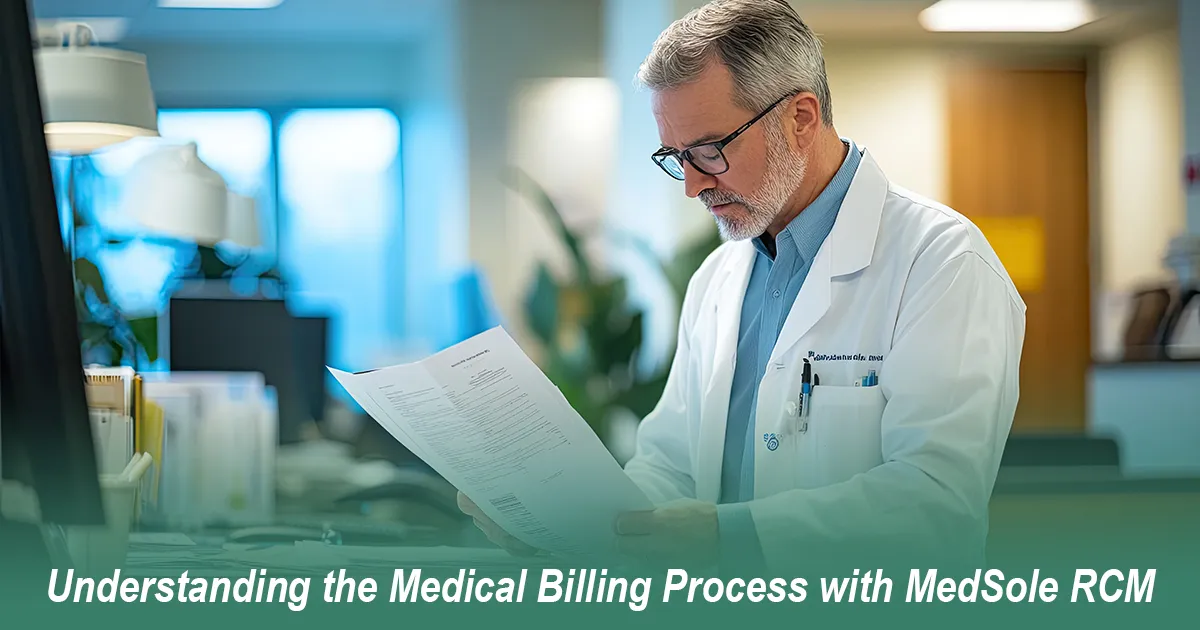
Posted Date: Sep 03, 2025
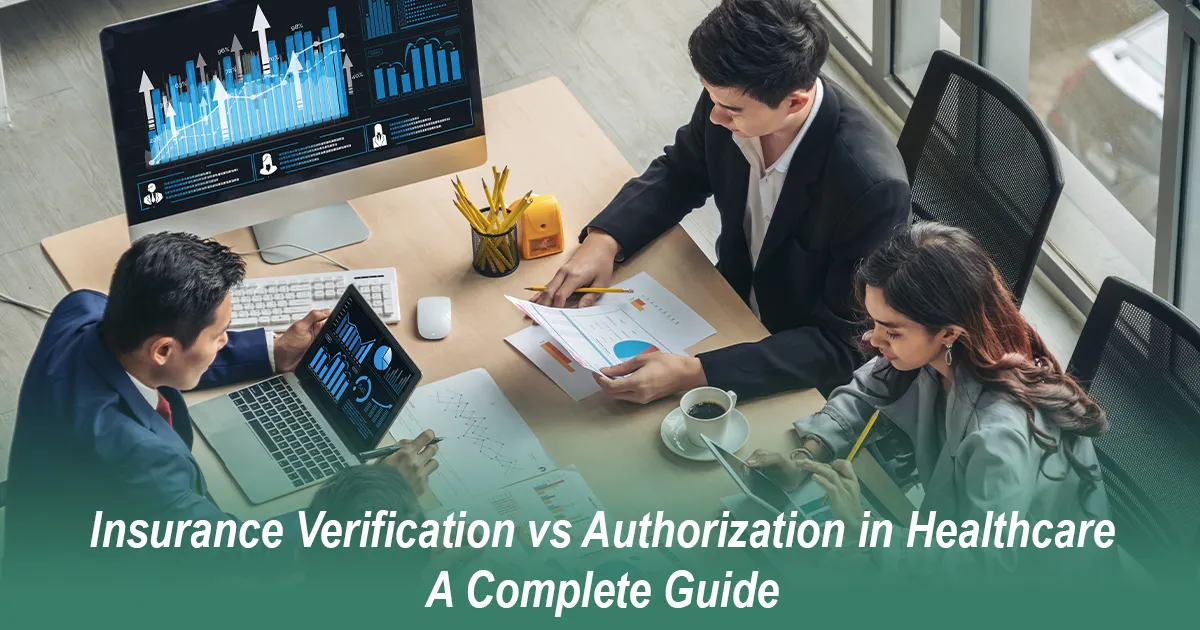
Posted Date: Sep 05, 2025

Posted Date: Sep 08, 2025

Posted Date: Sep 15, 2025
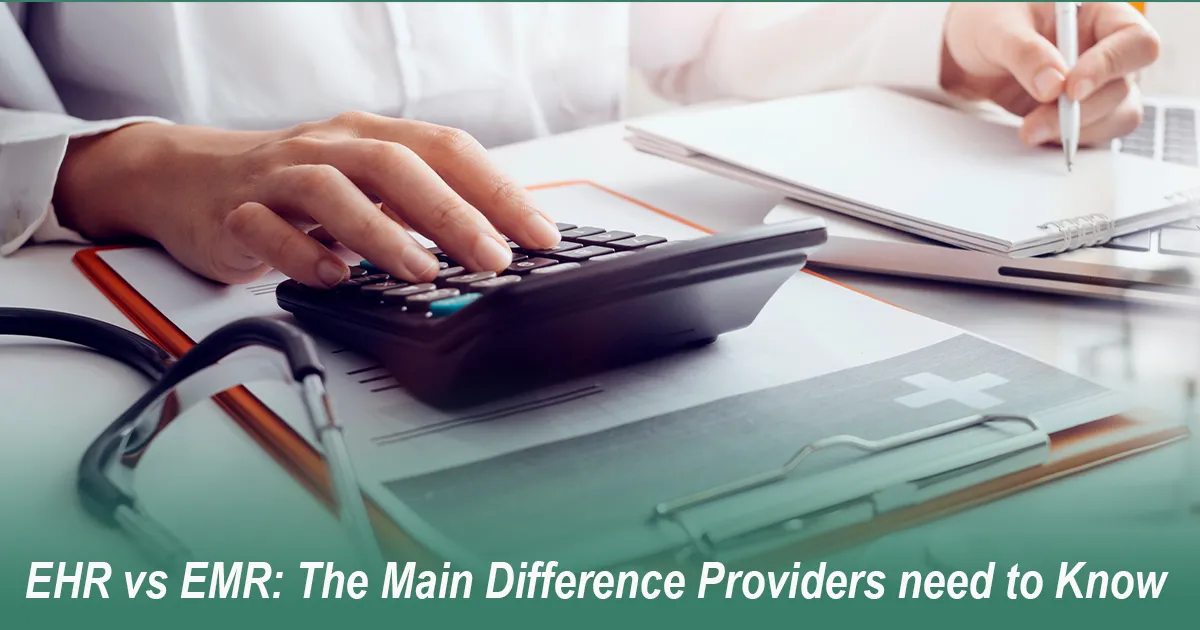
Posted Date: Sep 18, 2025

Posted Date: Sep 22, 2025

Posted Date: Sep 24, 2025
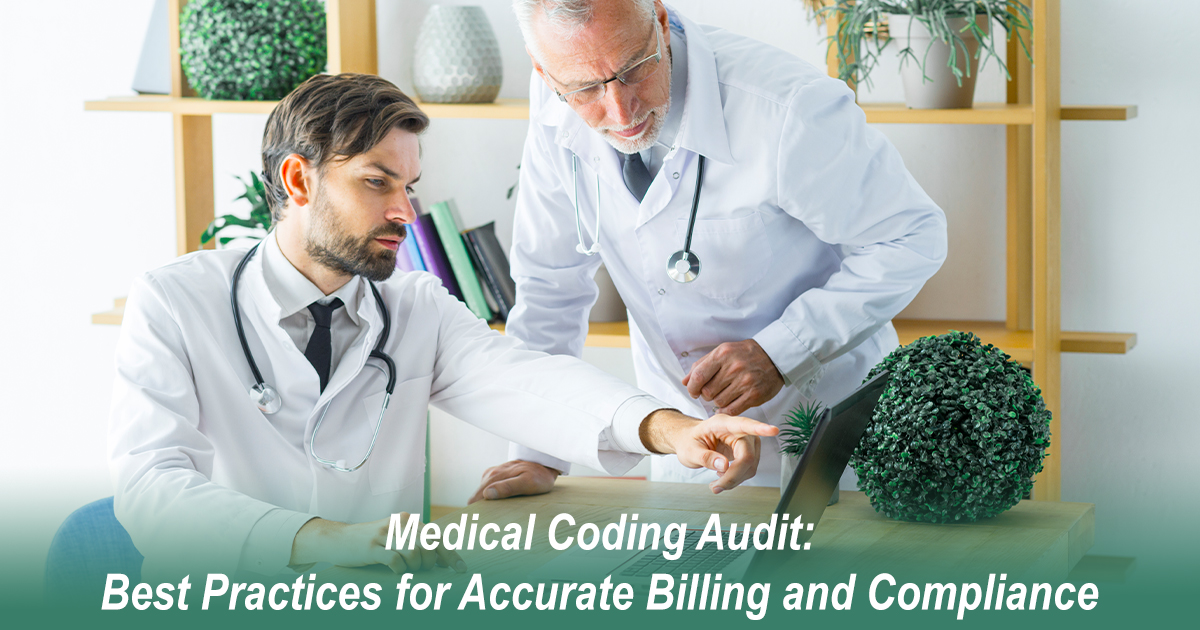
Posted Date: Sep 26, 2025
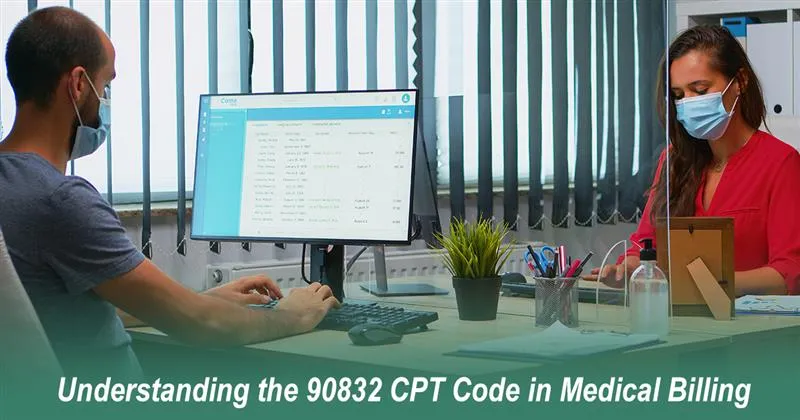
Posted Date: Sep 29, 2025

Posted Date: Oct 02, 2025
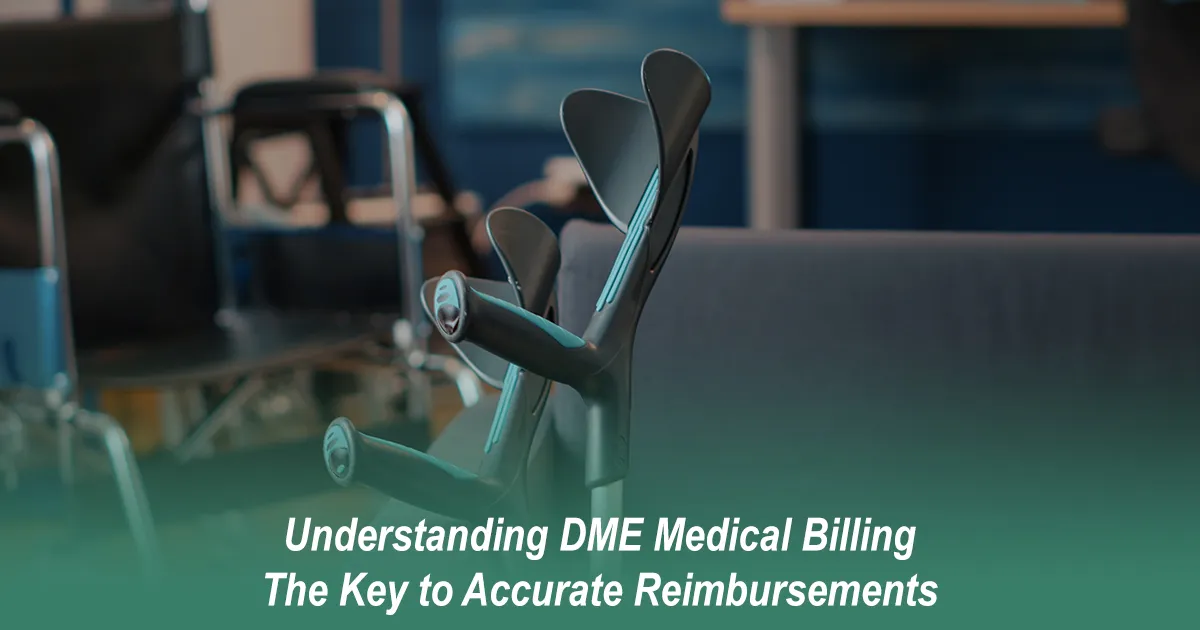
Posted Date: Oct 13, 2025

Posted Date: Oct 16, 2025

Posted Date: Oct 23, 2025
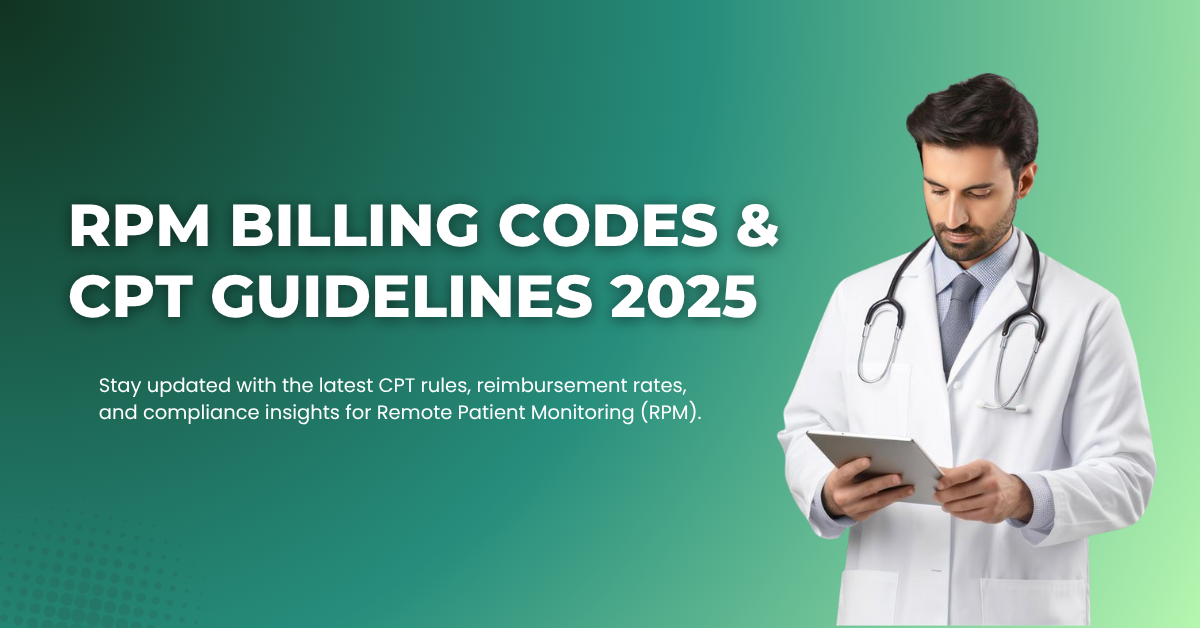
Posted Date: Oct 27, 2025
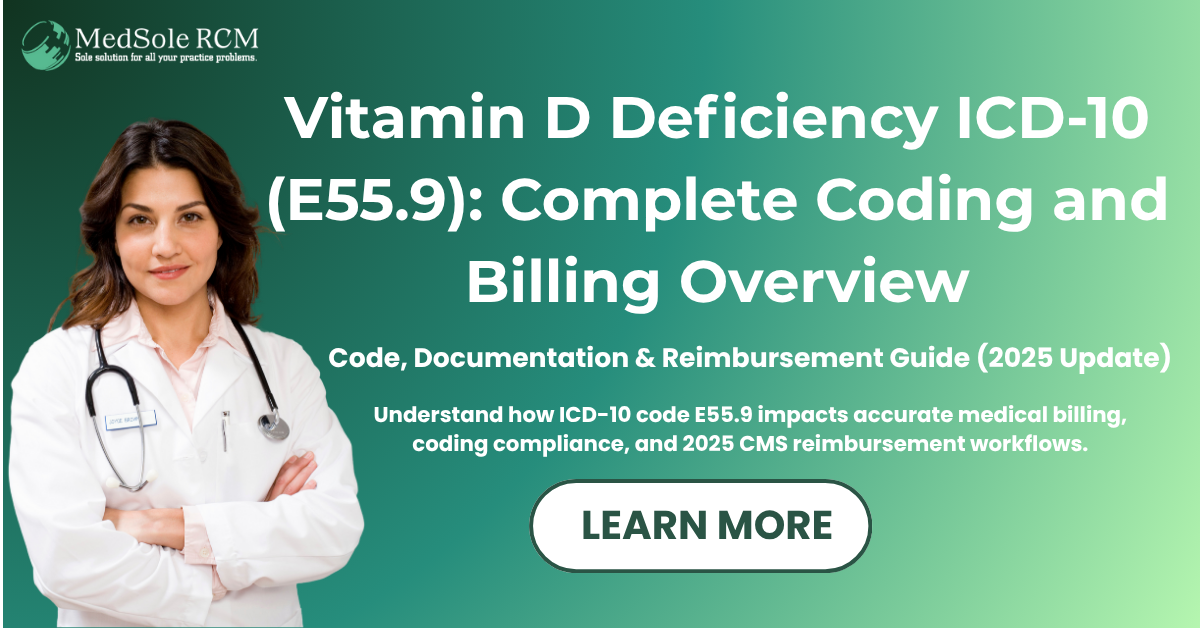
Posted Date: Oct 28, 2025

Posted Date: Oct 30, 2025

Posted Date: Oct 31, 2025

Posted Date: Nov 03, 2025
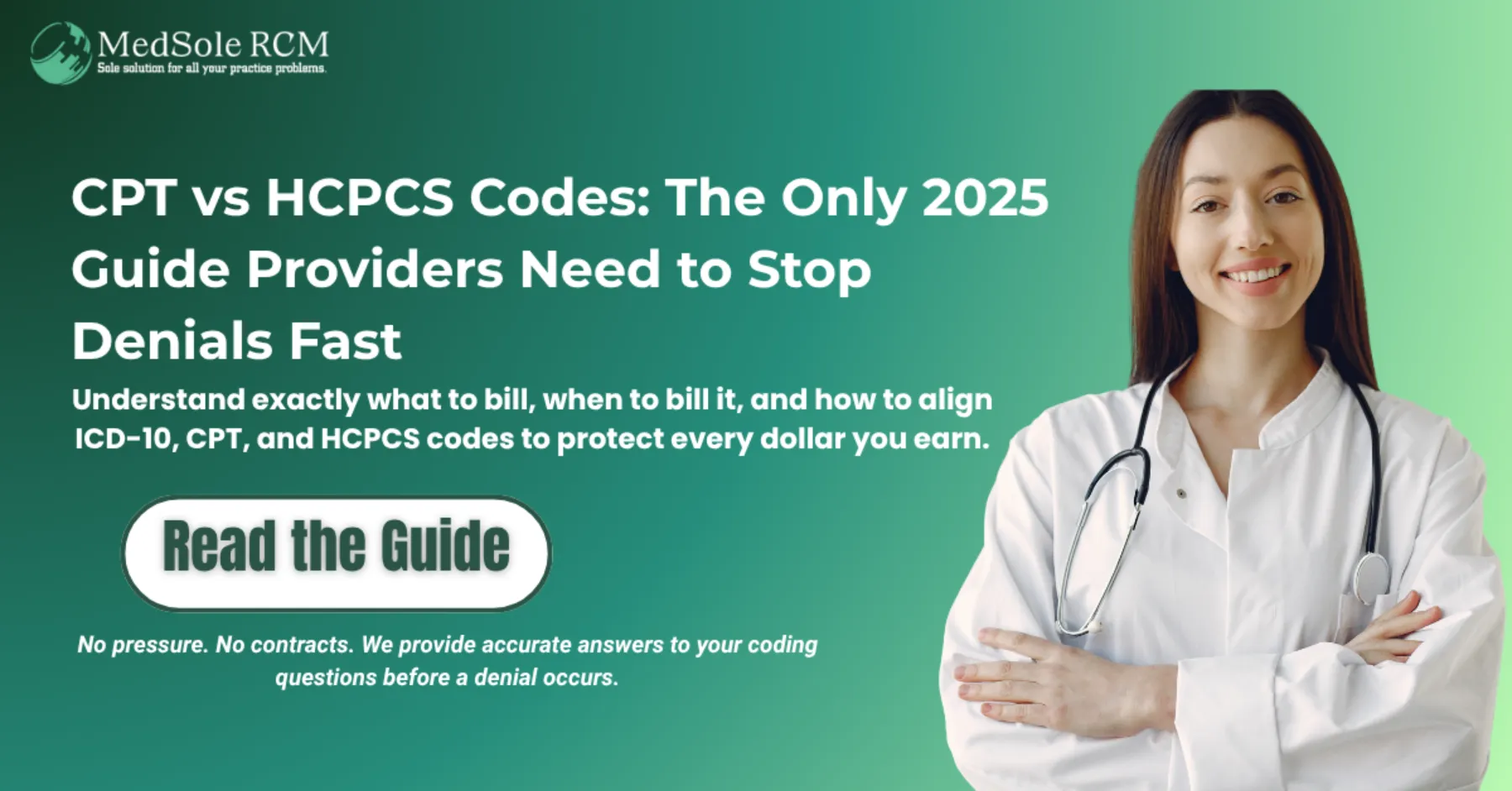
Posted Date: Nov 05, 2025
_11zon.webp)
Posted Date: Nov 11, 2025
.webp)
Posted Date: Nov 14, 2025